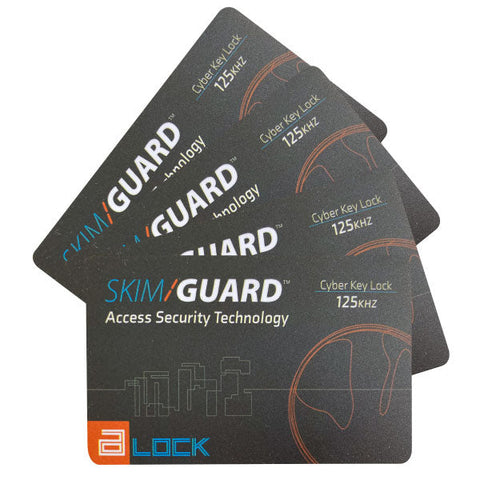Blog

Like the pickpockets of old, the new, electronic pickpocket- the skimmer- chooses his or her haunt carefully. The best place to work is anywhere where there are crowds of distracted people who will likely be carrying RFID chipped cards or documents . Why?
a) They are great places to go unnoticedb) The more victims, the merrier the crook
For these reasons, the places where you are most likely to be skimmed are:
1. Shopping Centres
Skimmers like to fade into the crowd. Where better to do this than in a place teeming with people who are there because they have money to spend. More people are choosing to pay for their shopping by card rather than cash. This makes the number of potential victims seemingly limitless for a skimmer in a shopping centre.
Shopping centres can be chaotic. People rush to and fro, sidestepping the dawdlers and window-shoppers who are too preoccupied with sales to even notice. What no-one is paying attention to is the shopper with a laptop in her handbag who just casually brushed past them. She now has their credit card details. If the victims ever do check their bank statement at the end of the month and notice a strange transaction, they will try hard to recall where they were and what they were doing on that date. All they will remember is that they were shopping
2. Airports
There are people everywhere; every one of them in a rush; every one of them with a credit card and passport handy, so that they can be scanned by customs officials and clerks. They are being scrutinised by another person too. A businessman walks briskly by clutching his briefcase or laptop bag. Business is good here if you are in the identity theft game. Now that almost everyone has biometric passports powered by RFID chips, skimmers are free to help themselves to personal identification with alarming ease
3. Public Transport
Public transport stations and vehicles are teeming with people who are often too busy rushing to make their connection to notice the people around them. This makes such places hot spots for skimming.
Mark Rasch, the director of cybersecurity and privacy consulting at business technology firm CSC, described the magnitude of the potential loot that skimmers can get away with at spots like these: “If I put a reader next to a turnstile at Grand Central Terminal at rush hour, I could probably capture data from 5,000 cards in an evening, and what you’re getting from each one is enough to initiate a transaction.”
Bank cards are not the only cards carried on public transport. In most large cities in Australia and the world, commuters can get around using ‘tap-on, tap-off’ contactless payment cards with like Octopus in Hong Kong, Oyster in London, Myki in Melbourne, or Opal in Sydney.
The RFID chip inside these cards allows them to communicate with readers on turnstiles, top-up machines, and even point-of-sale terminals in some countries where they can be used for purchases like bank cards. Our transport cards contain private information about our identity and travel patterns on them as well as our money, and thus need to be secured.
Inevitability
The frightening thing about these high-risk places is that they are unavoidable. Though some of us may cross paths with skimmers more frequently, everyone is on their radar. Fortunately there is one thing we can do to avoid being targeted. That is to guard ourselves with Skim Guard Active products.





